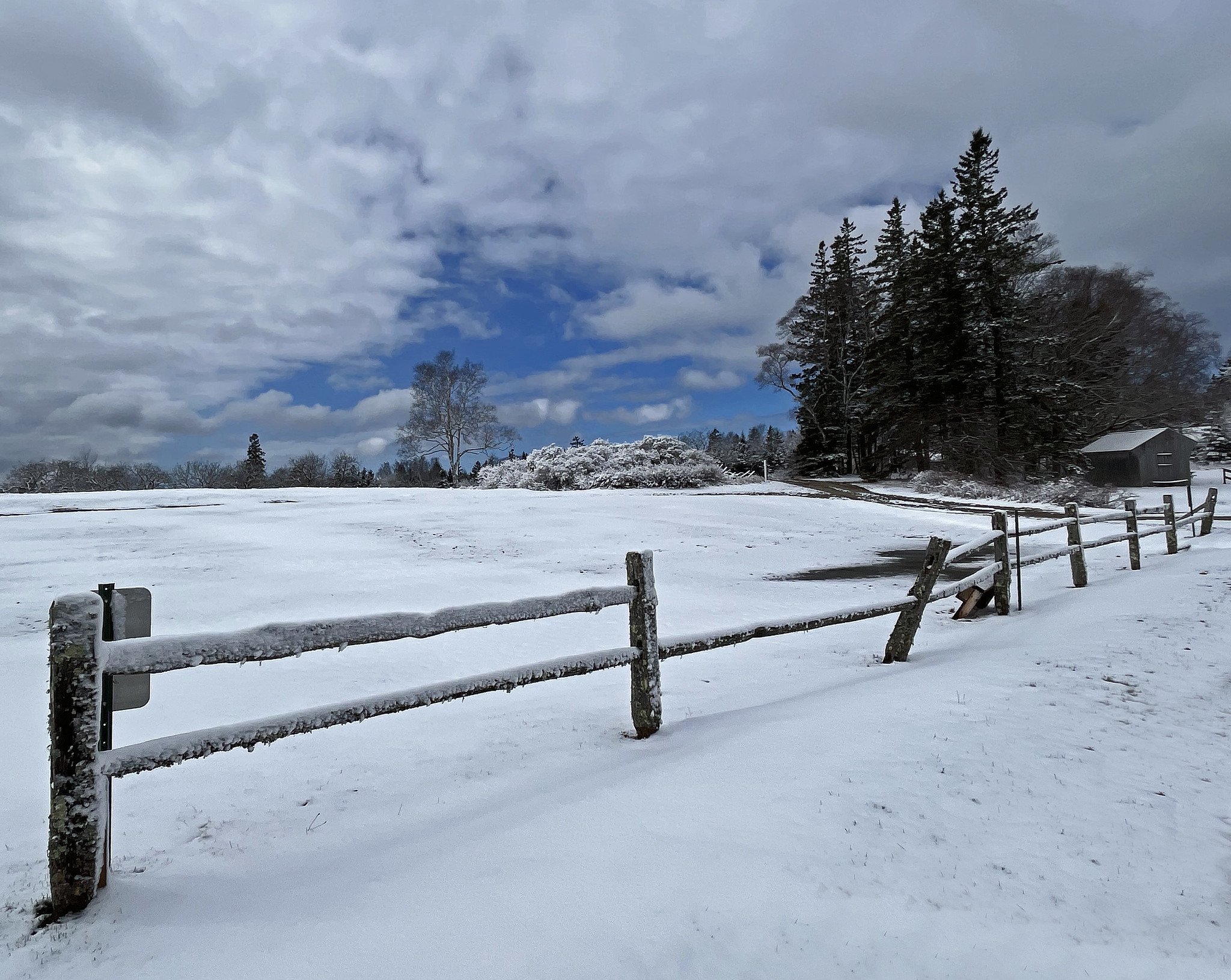Here you see a worker tricolored bumblebee (Bombus ternarius), one of our earliest pollinators. It’s on a Japanese coltsfoot flowerhead (Petasites japonicus), the earliest open flowers of the year and perhaps the bee’s only opportunity to find accessible, life-saving nectar now. In the kind of chilly, wet, and windy spring that we’ve been having, our earliest nectar-sippers have trouble getting out and about. (It’s 45° F and raining as I write.)
These bees, also known as orange-belted bumblebees, are fairly common ground nesting, social insects here that prefer other flowers for their energy drinks. But, they’ll have to be patient until things warm up sufficiently for them to conduct their usual, crowded happy hours.
Nectar, as you probably know, is a sugary fluid produced by flowers to attract bees and other plant-visiting creatures (including humming birds) that acquire and disseminate the plants’ reproductive pollen during their journeys. Nectar is a crucial source of carbohydrates that provides the energy needed for flying and other activities. Bees not only sip nectar for themselves, they convert it into honey, which they store as food for their hives. (Images taken in Brooklin, Maine, on April 18, 2025.)




































































































































